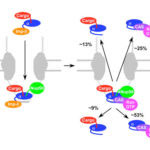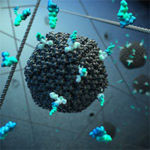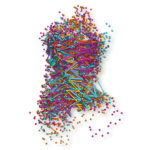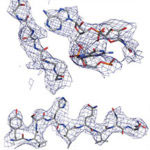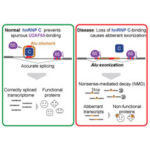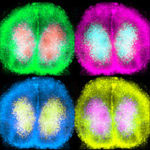
Our cycle of sleep and wakefulness is controlled by a daily (circadian) body clock in our brain. When this cycle happens in a regular way people function well, but when this cycle is disturbed it can lead to a severely disrupted life. The suprachiasmatic nucleus (SCN) is part of the body clock and individual neurons of the SCN contain their own 24-hour clock, but they operate best when connected together in their neural circuit and run in synchrony.
